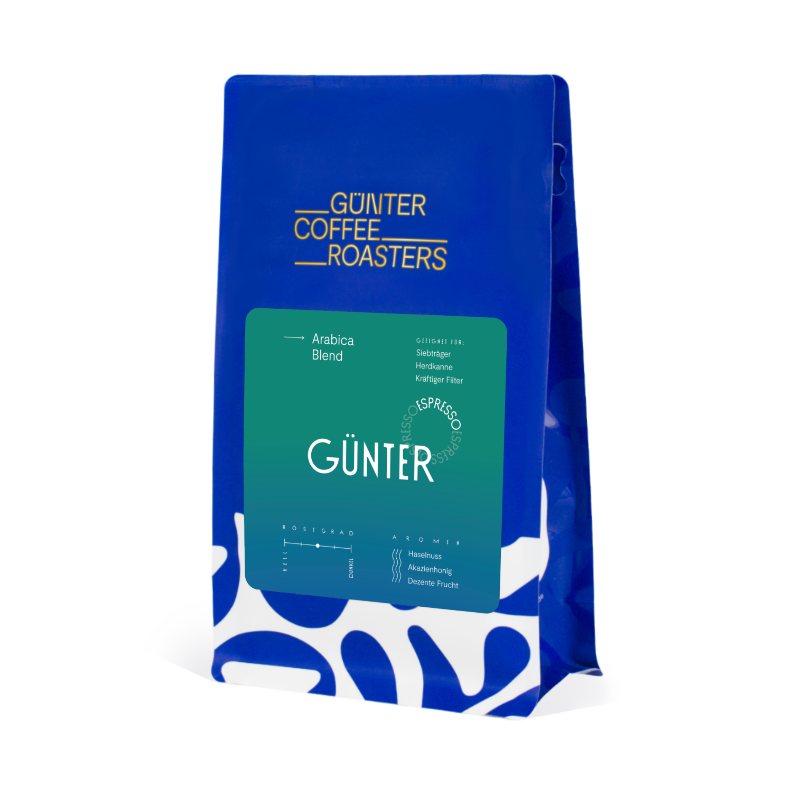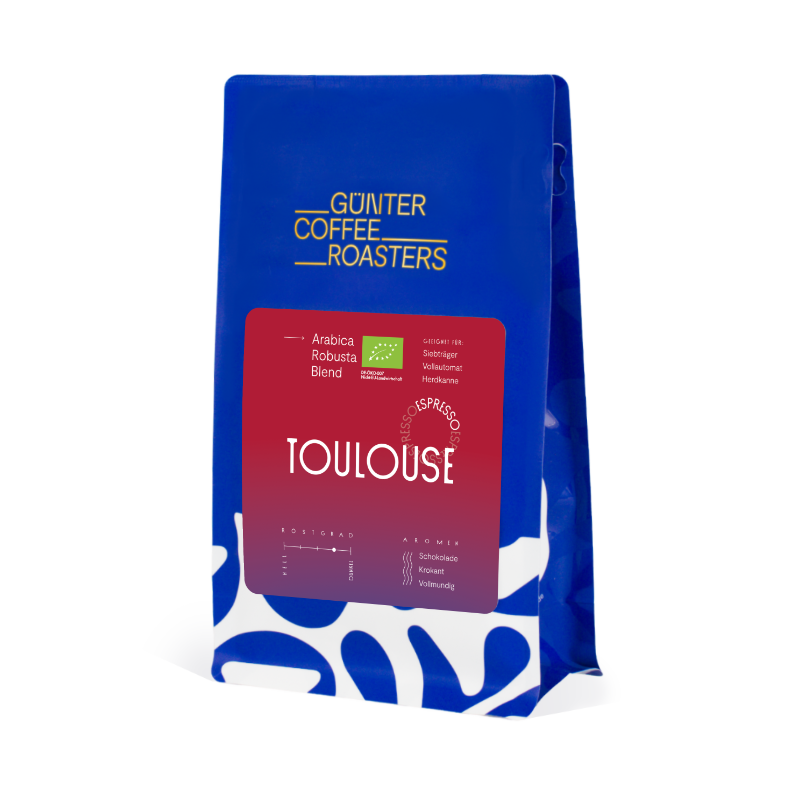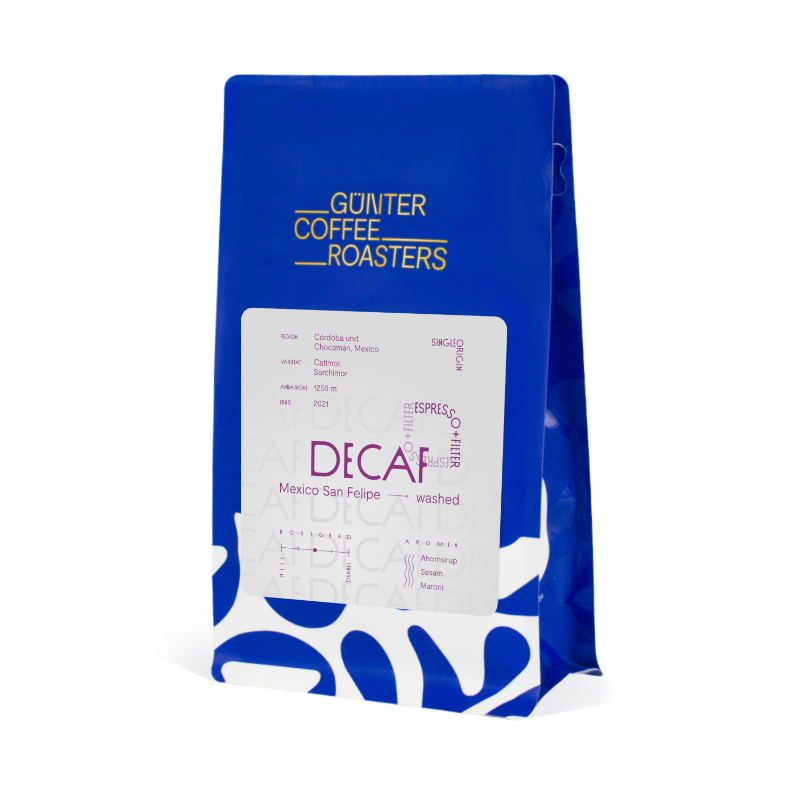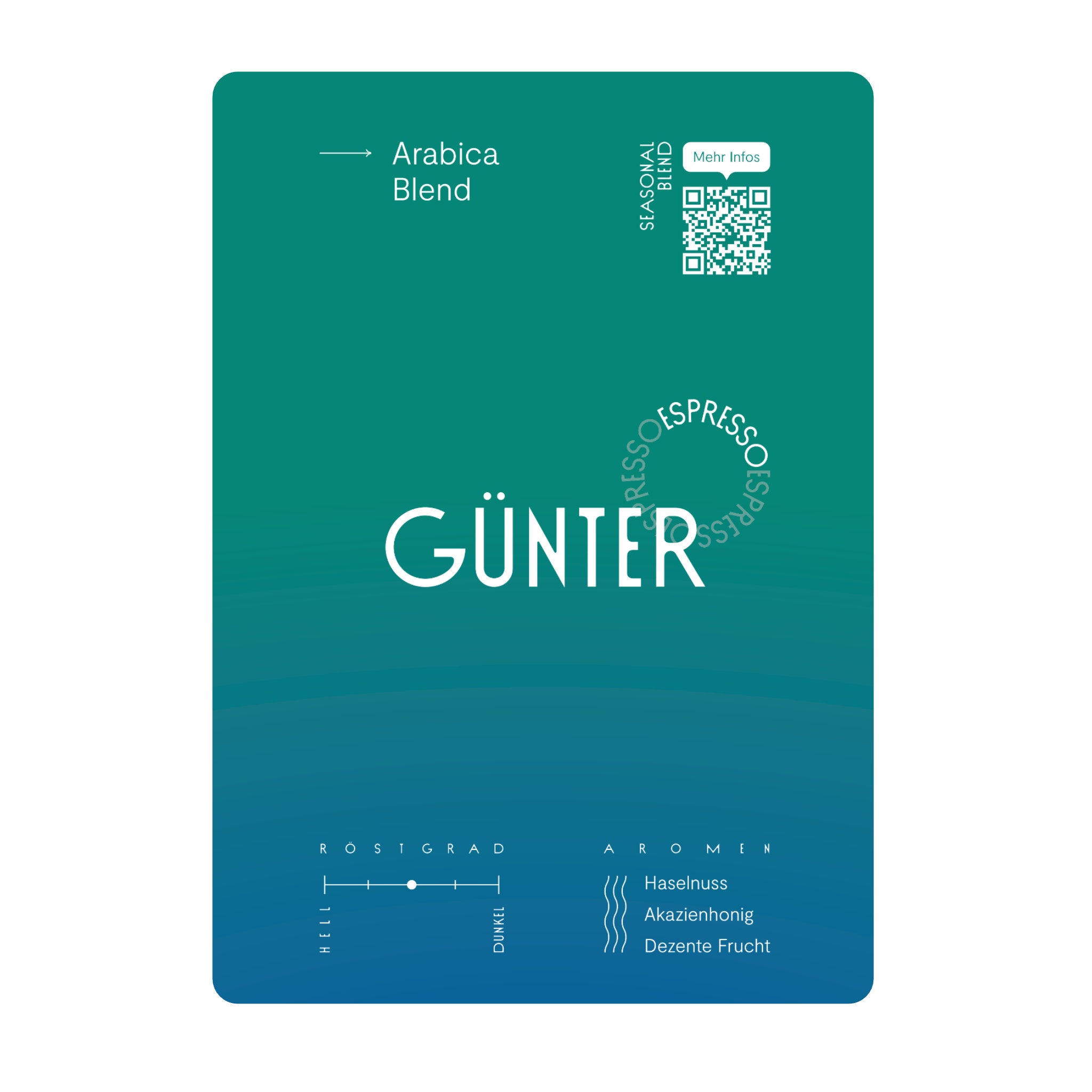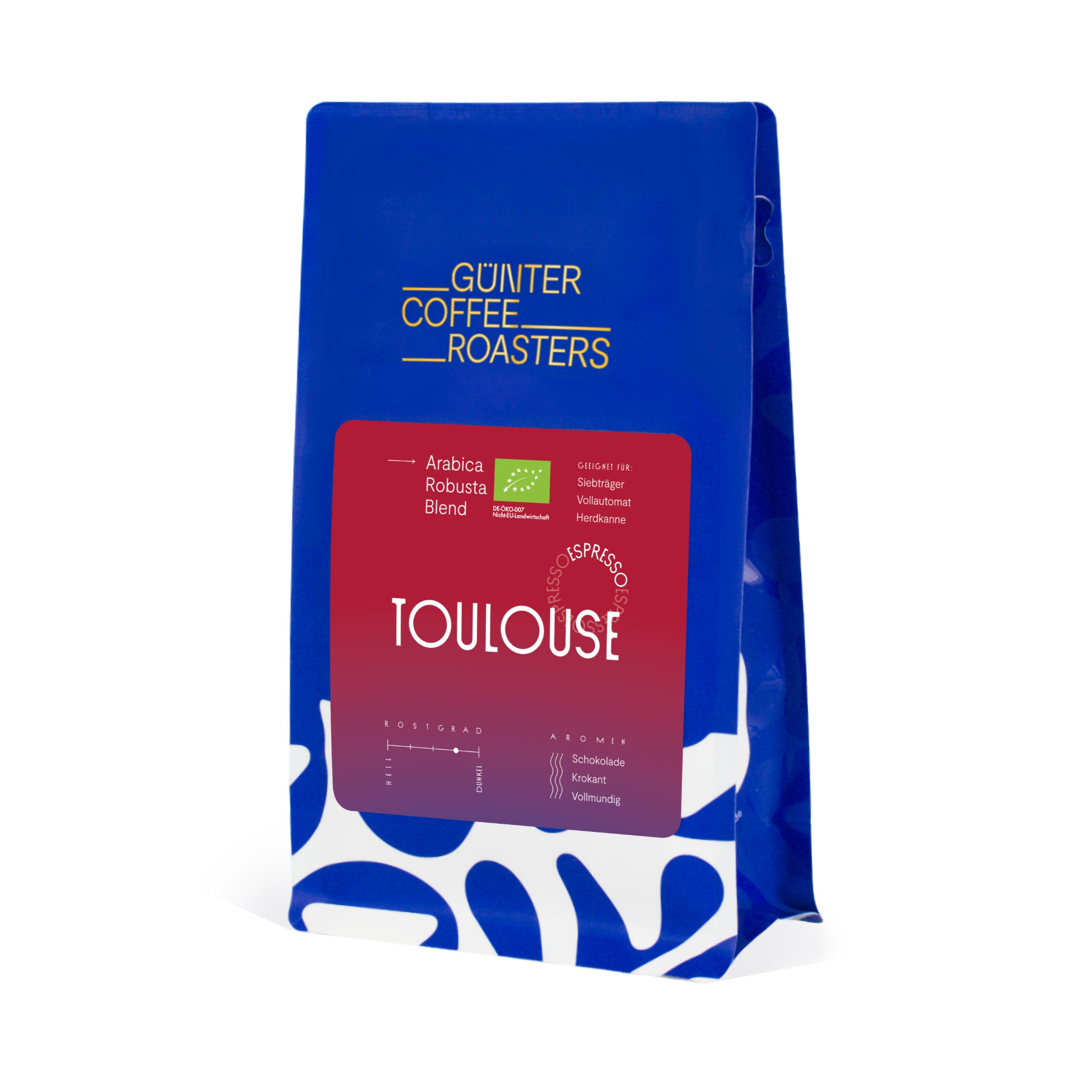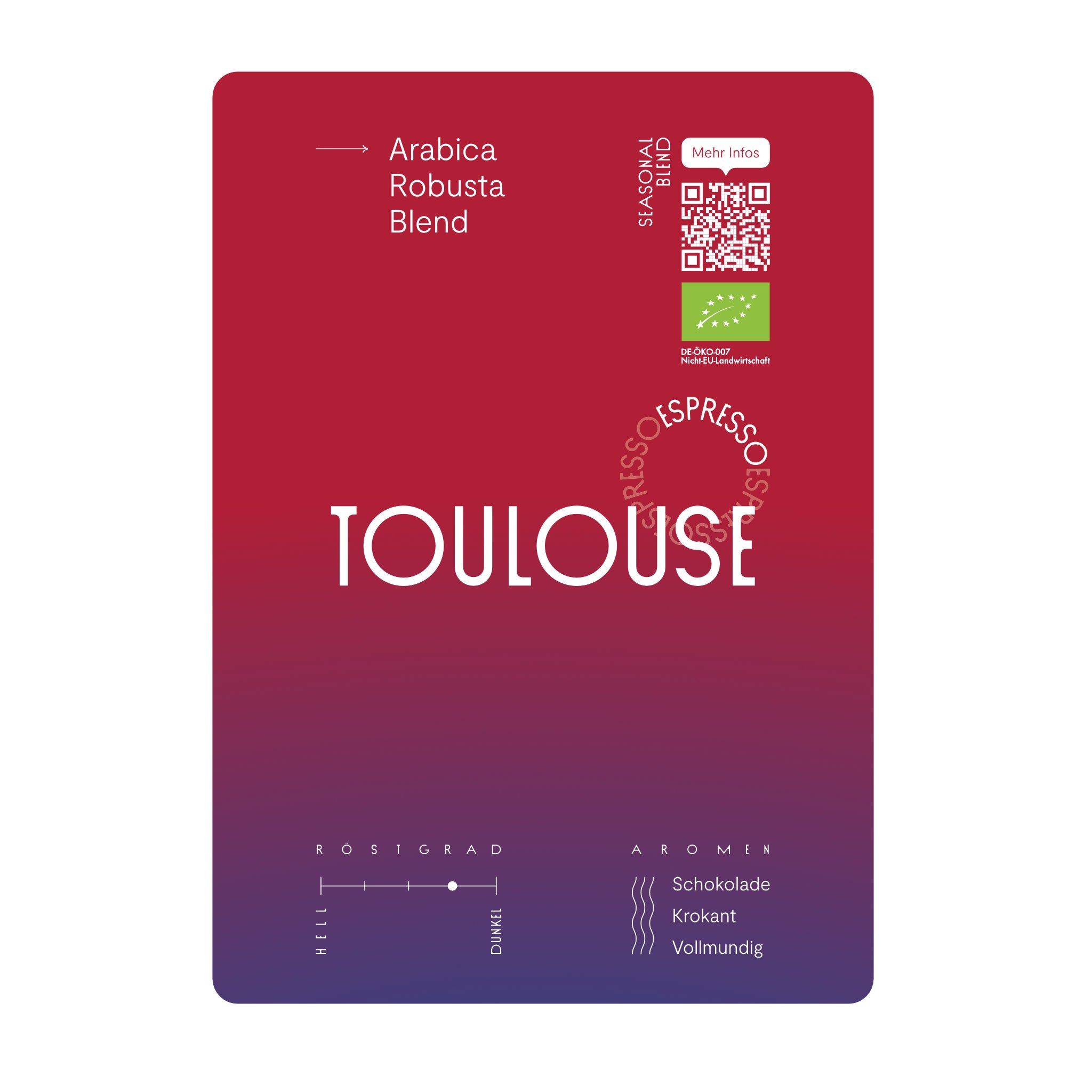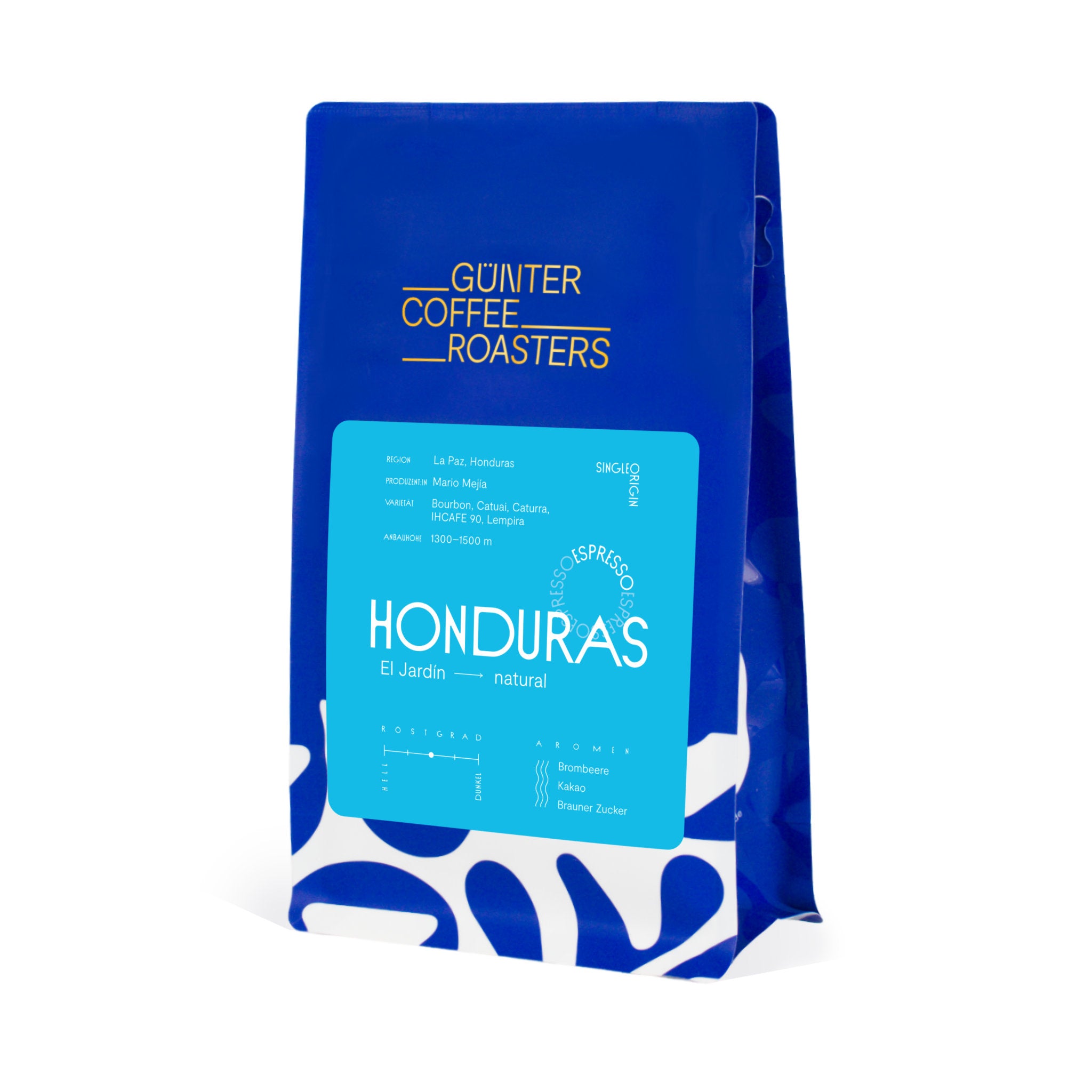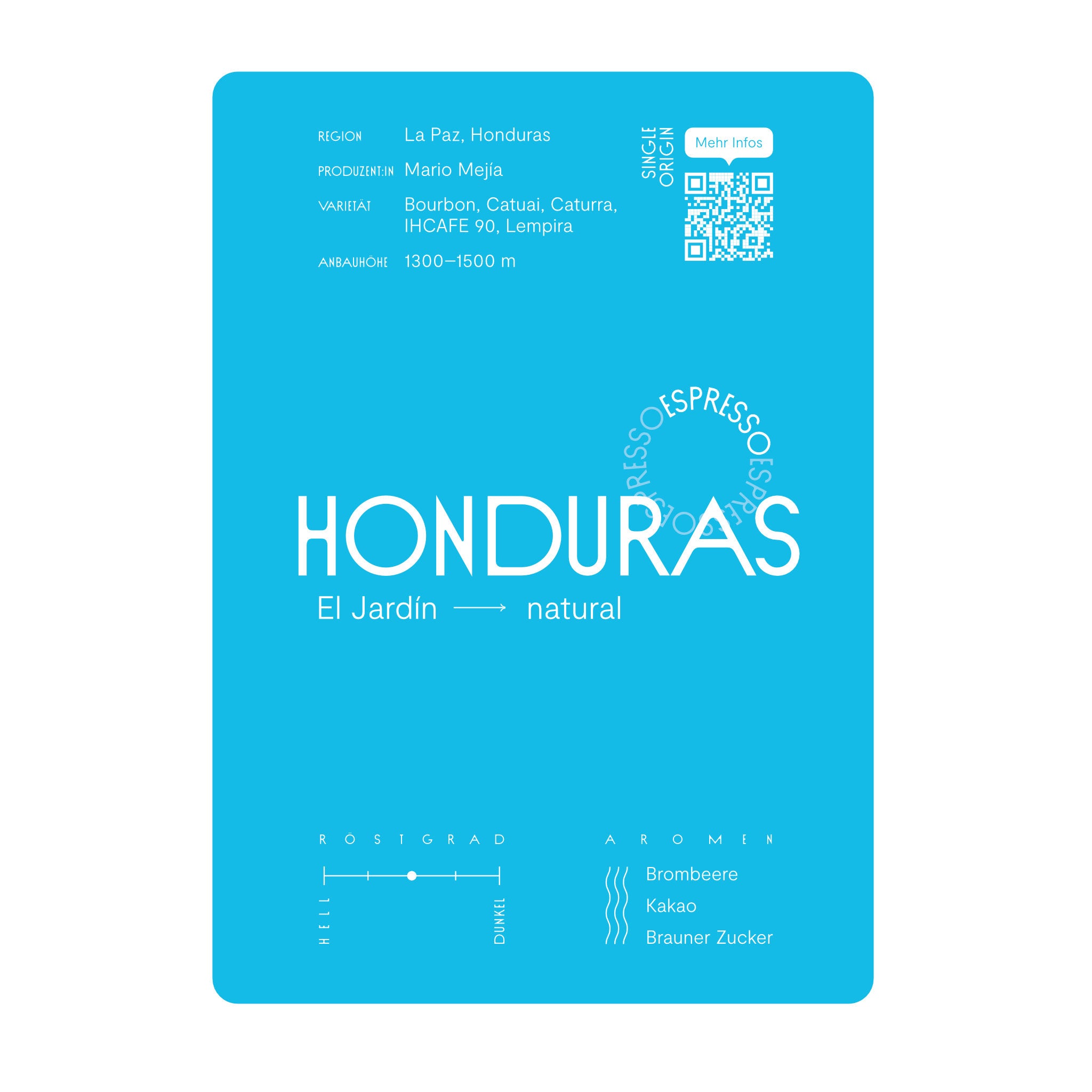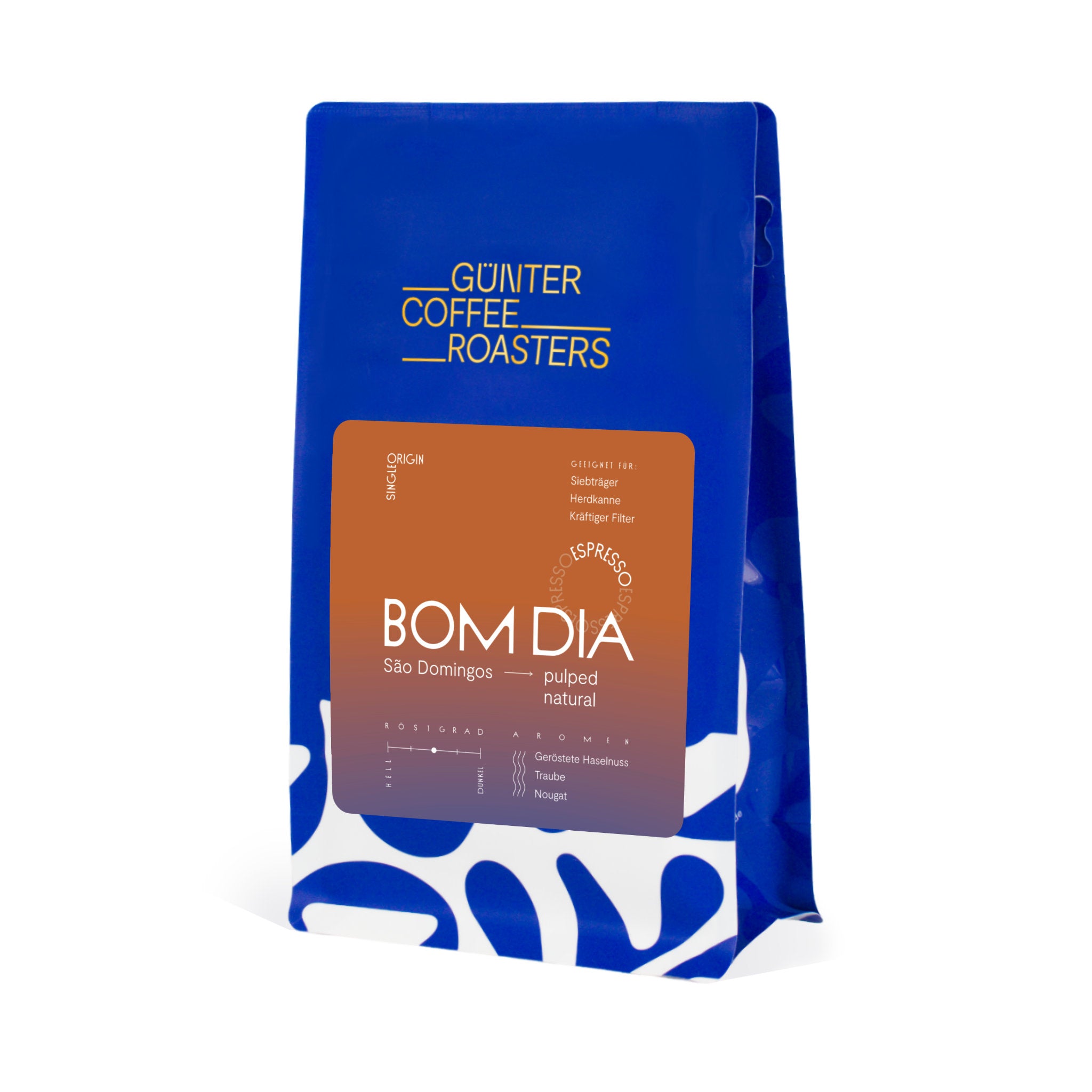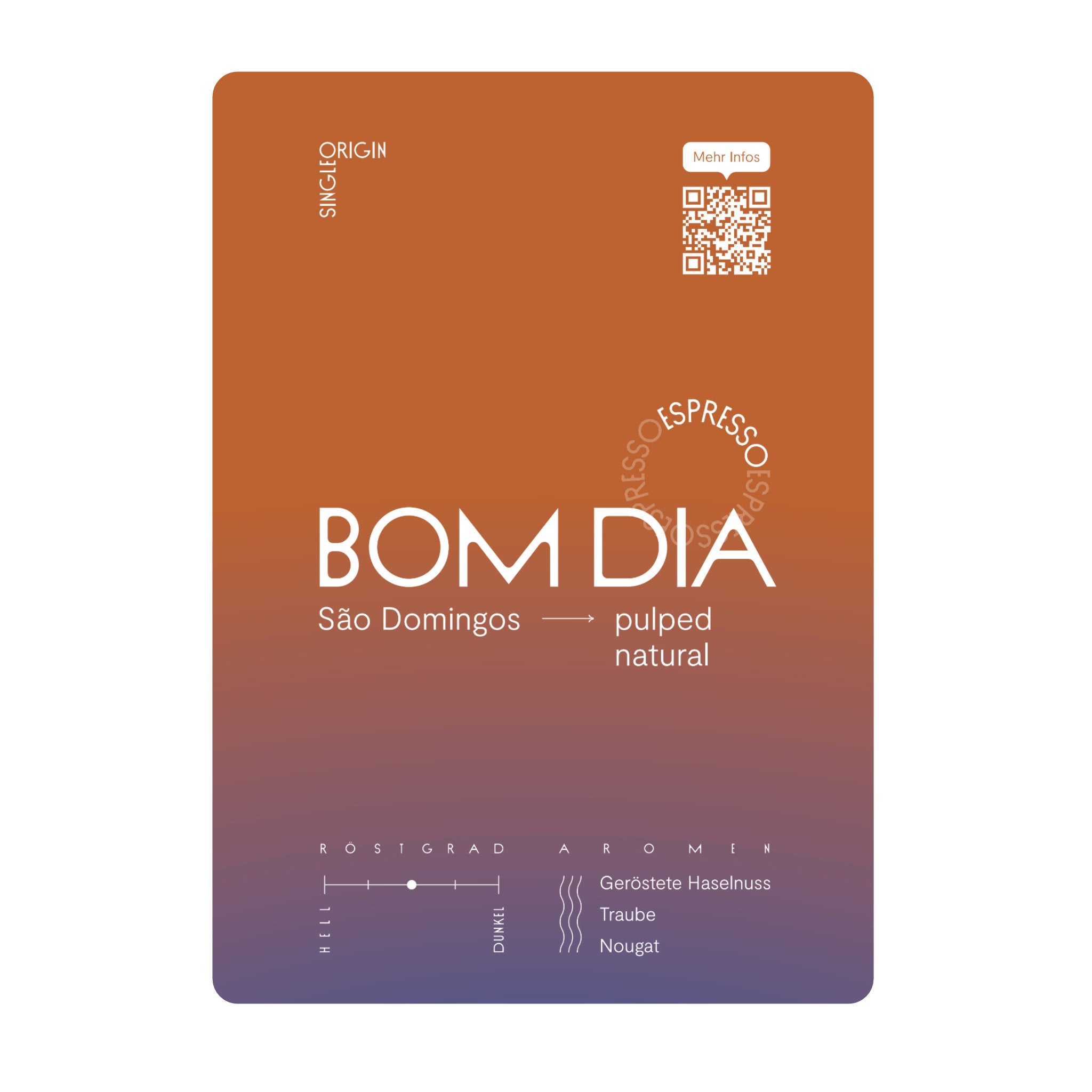Tastes differ, and this applies to coffee as much as anything else. Some prefer a strong acidity, others prefer it strong with a hint of bitterness. One thing is certain: an espresso that doesn't taste good isn't good. While taste is always a matter of habit, we don't want to constantly change that. So why is an espresso too acidic for us, and what can we do about it?
The ratio of water to coffee grounds is not correct
We recommend always extracting espresso using a double extraction method, i.e., using the double sieve in the portafilter. In our experience, this produces a significantly more rounded flavor. For this, we use around 18 g of ground coffee per serving. The exact amount depends on the sieve used—some simply won't fit 18 g without overfilling them. If we use too little ground coffee, the espresso quickly tastes sour.
To ensure the ratio of water to ground coffee —the so-called brew ratio —is correct, you can experiment a bit with the amount of ground coffee. If your portafilter doesn't hold any more ground coffee, meaning you're already at the limit of your filter, try reducing the brewing time so that less water flows through the portafilter.
The grind is too coarse
The coarser the grind, the fewer particles the water will loosen from the coffee grounds as it works its way through. This is called under-extraction: the water flows too fast and loosens too few particles from the coffee grounds. The finer the grind, the longer it takes for the water to flow through the ground coffee, and the more it takes with it. So, the finer the better? No! Too much extraction (over-extraction) is also wrong, because then the coffee quickly begins to taste very bitter.
If you're wondering whether there are reference points for a grind that's too coarse or too fine, we have good news: Our guide to coffee grind sizes for different preparation methods will help you.
The reference time is too short
For us, an espresso from a portafilter machine takes between 25 and 30 seconds to pass through the portafilter. Anything shorter or longer should be examined more closely and the brewing time adjusted accordingly to improve extraction.
If an espresso is too acidic, it may be due to too short an extraction time. Increase the time the water flows through the coffee grounds. Either using the option on the machine or by adjusting the grind size by grinding finer.
The roast is too light for you
The lighter the coffee roast, the more acidic the coffee tends to be. This is because the coffee bean has a fruity origin: It grows in a coffee cherry, which contains fruit acid. The darker the roast, the more roasted aromas emerge – these displace the fruity-sour flavors, making the coffee taste less acidic.
So if you suspect the roast might be too acidic for you, choose a darker, stronger bean. We recommend our Marcello Strong organic espresso blend.
The brewing pressure is too weak
Most portafilter machines operate at a brewing pressure of around 9 bar. If the pressure is lower, the extracted espresso can easily taste sour. If your machine offers an option to adjust the brewing pressure, try adjusting this screw.
If the sour espresso problem has recently occurred and is accompanied by a change in the noise level from the machine, it may need to be repaired. However, it's a good idea to rule out all other possible causes of the problem first.
The water temperature is not sufficient
The temperature of our brewing water is always a big issue. Water between 92° and 96° C is usually recommended, depending on the recipe. If the temperature is too low, too few particles will be released from the coffee grounds in the intended extraction time. In principle, these particles can also be released at lower temperatures – see Cold Brew – but who wants to wait hours for an espresso ?
So check the water temperature setting on your portafilter machine to eliminate this source of error for coffee that is too acidic in the cup.
The water itself is the culprit
Coffee is mostly made of water, and not all water is created equal. The fewer minerals it contains, the more likely it is to develop acidic flavors when brewing coffee. This is referred to as soft water, in contrast to hard, mineral-rich water. Water plays an important role in brewing coffee; its hardness and alkalinity are crucial for its taste. The latter determines how many acids the water can bind and is generally higher the harder the water.
For espresso, we recommend water with a hardness of 5° dH (German hardness). However, if you're used to much harder water, because that's how it comes out of the tap in some places, you might not be satisfied with 5° dH. Here, too, it's a matter of habit, and the main thing is that it tastes good. You can read how to measure water hardness and how to make it softer or harder in our article on coffee water.
A bean with a defect
As with other agricultural products, coffee can also develop undesirable characteristics. In the coffee world, we refer to these as defects. One of these defects could also be responsible for a sour coffee taste. We are talking about so-called partially or fully sour beans. In specialty coffee quality, this defect may, by definition, only occur rarely and only as partially sour beans. Careful sorting and what is known as green grading are intended to ensure this. In so-called premium coffee, fully sour beans are permitted in limited numbers by definition.
It's unlikely that a bag of roasted coffee will contain sour beans, especially expensive specialty coffee. However, it can never be completely ruled out. If such a bean ends up in the grinder and portafilter, the espresso will taste sour. The next cup should taste normal, however.
In brief: Causes and solutions for sour espresso
- Incorrect brew ratio: If the water-to-ground coffee ratio is unbalanced, the espresso can taste sour. Solution: Use more ground coffee.
- Grind too coarse: If the grind is too coarse, too few particles are extracted from the coffee grounds, resulting in what is known as under-extraction. Solution: Grind finer.
- Brewing time too short: If the brewing water has too little contact with the coffee grounds, not enough coffee particles are released. Solution: Increase the brewing time (guideline 25-30 seconds).
- Roast too light: Light, fruity-floral roasts tend to be more acidic. If you've ruled out other sources of error, the solution is a darker roast, such as the robust organic espresso Marcello Strong.
- Water temperature too low: The colder a coffee is brewed, the fewer particles dissolve during the brewing time. Solution: Increase the temperature of the brewing water; it should be around 96°C.
- Brewing water too soft: The softer your brewing water, meaning the lower its mineral content, the more likely your espresso will taste sour. Solution: Ensure water hardness around 5 °dH, for example, by blending water.
- Defective bean: As with any natural product, coffee beans occasionally have defects that result in an unpleasant taste. Solution: Repeat the brewing process. If the problem persists, inspect the beans and report it to the roaster if necessary.

